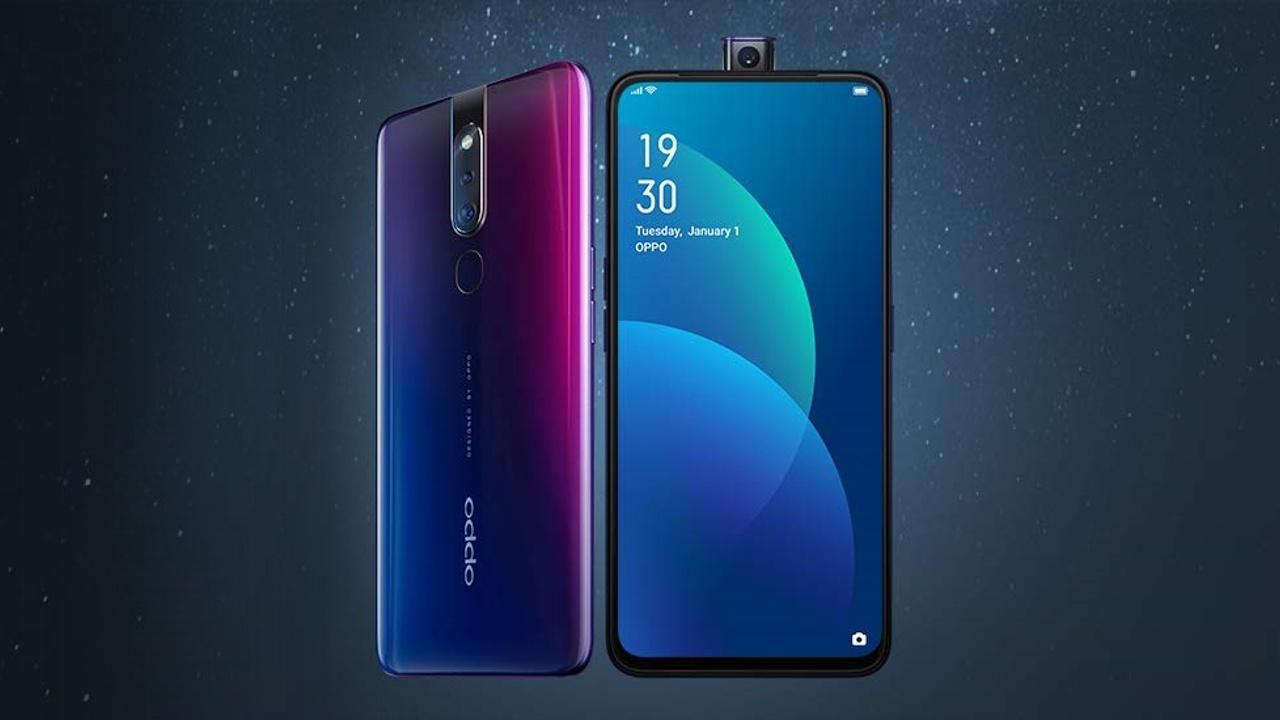How do phones capture 48-megapixel images when Qualcomm lists a maximum specification of much less — 32 megapixels, 24 megapixels or even 16 megapixels — when it comes to the image signal processors for its Snapdragon chipsets?
The company has revealed that its previously published limits were actually tailored for camera applications that require processing of 30 or 60 frames per second. These features include zero shutter lag, multi-frame noise reduction, pre-shutter video capture and other such features.
When it comes to pure stills, it was revealed that chipsets from the Snapdragon 660, 670, 675, 710, 845 and 855 have always supported taking photos of up to 192 megapixels. But with so much data being handled, those pictures would see fewer processing passes for noise and color and less refinement overall.
MySmartPrice reports from a company teleconference that Qualcomm has heard from its manufacturer partners that cameras with 64 megapixels and even greater-than-100-megapixel sensors could be released within 2019. Camera product management lead Judd Heape expressed concerns about the pure numbers approach, saying that he would rather see larger diodes capture better data.
Heape also teased the implementation of Samsung’s HDR10+ codec in its Snapdragon 865 product later this year, though the company later contacted MySmartPrice to disclaim the name being final just yet.

